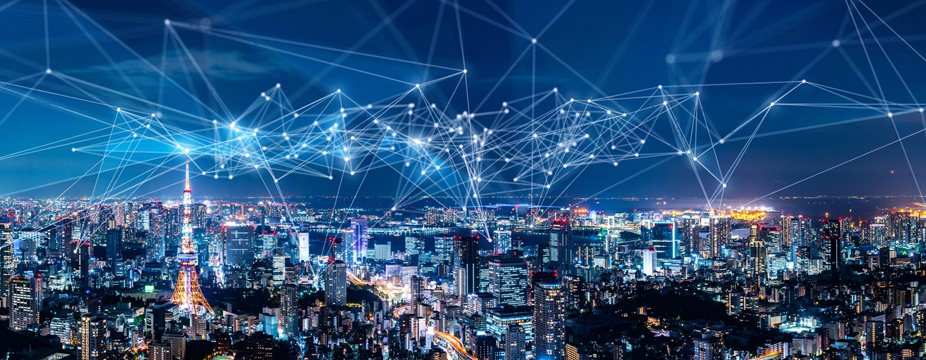|
Getting your Trinity Audio player ready...
|
Innovative use of digital technologies in energy, transportation, public, and health services can drive sustainable growth. And embedding these intelligent systems into the daily life ecosystem has the potential to create a seamless living experience. AI in smart cities revitalizes space and increases the usage of intelligent systems.
The buzz of smart cities has been creating hype across several industries. And the researchers are pioneering this concept and working towards creating an eco-friendly, safer, and better-communicated world for its inhabitants. The explosive growth of communication and information technologies due to radical changes in software and hardware architecture is driving the growth of smart cities. A smart city can be defined as an innovative place that leverages collective intelligence from information and communication systems to maintain quality of life.
It is well known and accepted fact that AI has the power to help public authorities and citizens in building smart cities. But what most individuals, businesses, and governments are not aware, is how this technology will help in building greater cities. And in this article, we discuss AI’s importance in building smart cities.
AI and its subunits (deep learning, machine learning, computer vision, augmented reality) are transforming and enriching services like energy, healthcare, public safety, transportation, etc., to build a sustainable environment around social and economic life. Smart cities around the globe are diverse, and require development in different components, with different sets of characteristics. The proposed architecture of smart cities includes four different layers: the internet of things, smart infrastructure, the cloud of things, and the development of a smart city.
The prominence of AI in building smart cities
The characteristics, components, and infrastructure that define a smart city need to be built and integrated with intelligent systems for identifying and defining needs in the fast-paced world. Embedding AI systems could indulge citizens, businesses, and public authorities in exploring the potential of smart cities. The three prominent pillars that drive smart cities are built based on AI. and the three pillars are health and public services, energy and utilities, and economy and environment.
1. Economy and environment:
Predicting unfiltered climate changes and economic renovation are the prominent areas where AI and its subunits are leveraged. The technologies like AI, robotics, and automation are providing enduring solutions by limiting the number of key problems. The major gains of AI are enhancing productivity, efficiency, and automation by enabling consumers and businesses to capitalize on the digital economy and aim at reducing prices. And it is considered that 30% of the GDP in any economy is contributed by leveraging information technology and intelligent systems.
Predicting climate drift, animal endangerment, disease contamination, etc., are powerful ways of AI solving the global environmental crisis. The use cases and applications of AI are widening their wings across various industries from smart agriculture to smart manufacturing aiming at demolishing the contaminant factors that are polluting the air, water, and soil.
2. Energy and utilities:
Renewable energy sources are creating their prominence in the space of the energy and utility sector. And their contribution towards global energy and utility is gaining momentum. In the last decade, the consumption level of renewable energy got increased by 10 %. Embedding intelligent automation systems into the energy and utility sector can bring more value than ever expected. Automating the architecture of renewable energy sources with intelligent systems can unwind the potential values in the energy and utility sector. The deployment of AI-integrated intelligent systems helps in constantly monitoring, predicting, and preventing the utility and consumption levels of renewable sources.
3. Health and public services:
Within the healthcare domain AI applications are creating a renowned value that inspires other sectors in integrating AI functionalities. From healthcare information systems to homecare solutions, automation is driving a meaningful impact. Automating routine tasks, enhancing the quality of living, and providing advanced transportation and utility facilities are part of AI automation. The smart city without AI integration would be incomplete and it must be leveraged by AI and its subdomains to enrich the current cities or geographical places out there.
The importance of AI technologies is unexplored and in building and governing smart cities, it is at the moderate stage. With the advancements in technology, the overview of AI and its prominence in every sector depends on their individual leveraging capabilities. In this article, we have explored the potential of AI systems and their contribution to building a smart city. If you resonate with our article, please share your thoughts with us.
If you need any help with idea validation, proof-of-concept, Data Science consulting, large-scale AI implementation, Big Data Engineering, or a creative solution for your AI-powered data. You are at the right place.
Talk to our experts

